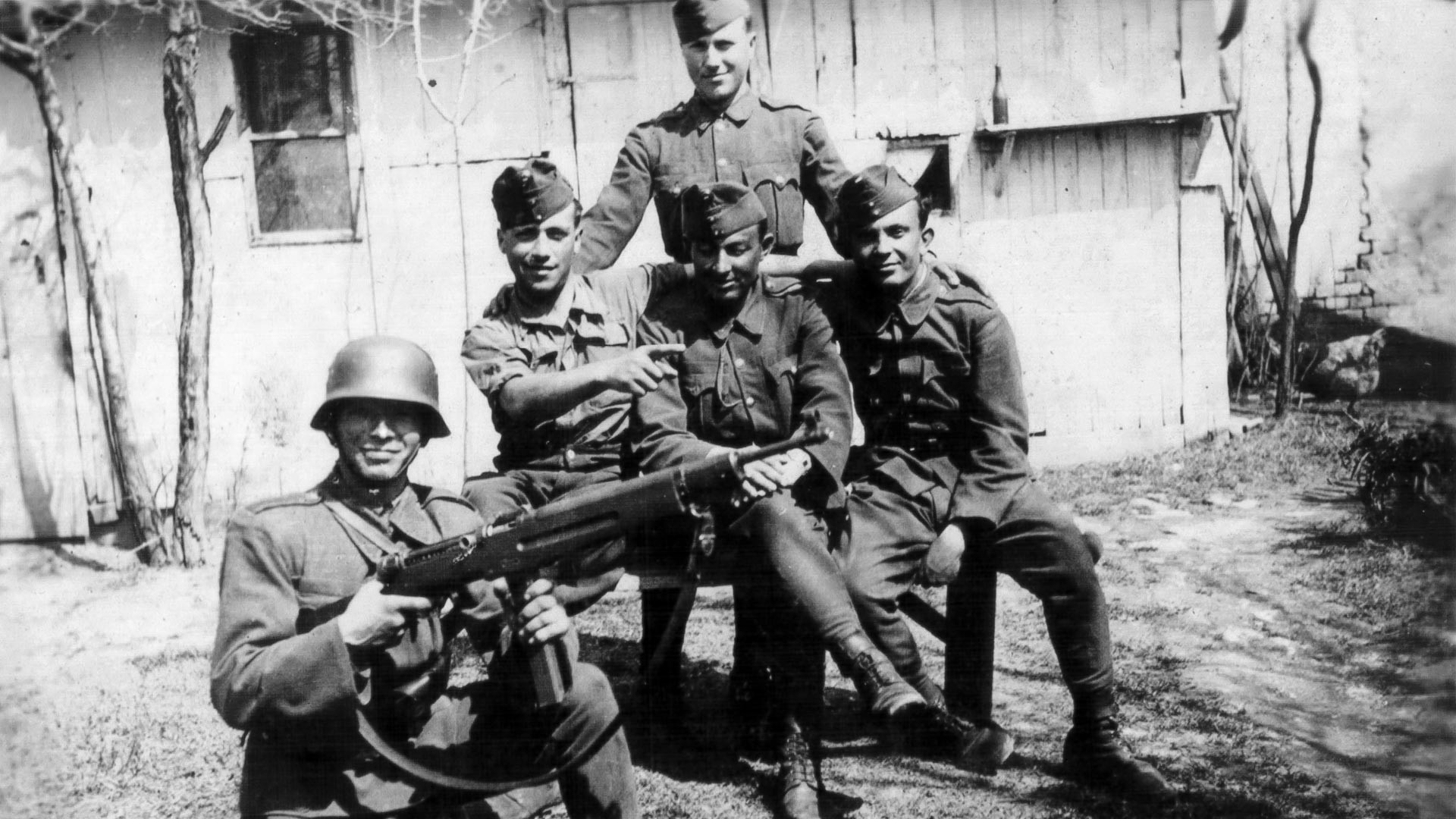
“What wild, crude faces and how much savagery and animal ferocity lurk in these eyes. This is also a calling card of Russia and of the Stalinist regime. The time has come to wipe it off the face of the earth,” is how Hungarian Army soldier Zoltän Arokszälläsi described Soviet prisoners of war at the very beginning of Operation Barbarossa. On June 27, 1941, having declared war on the Soviet Union, Hungary joined Hitler’s ‘Crusade to the East’.
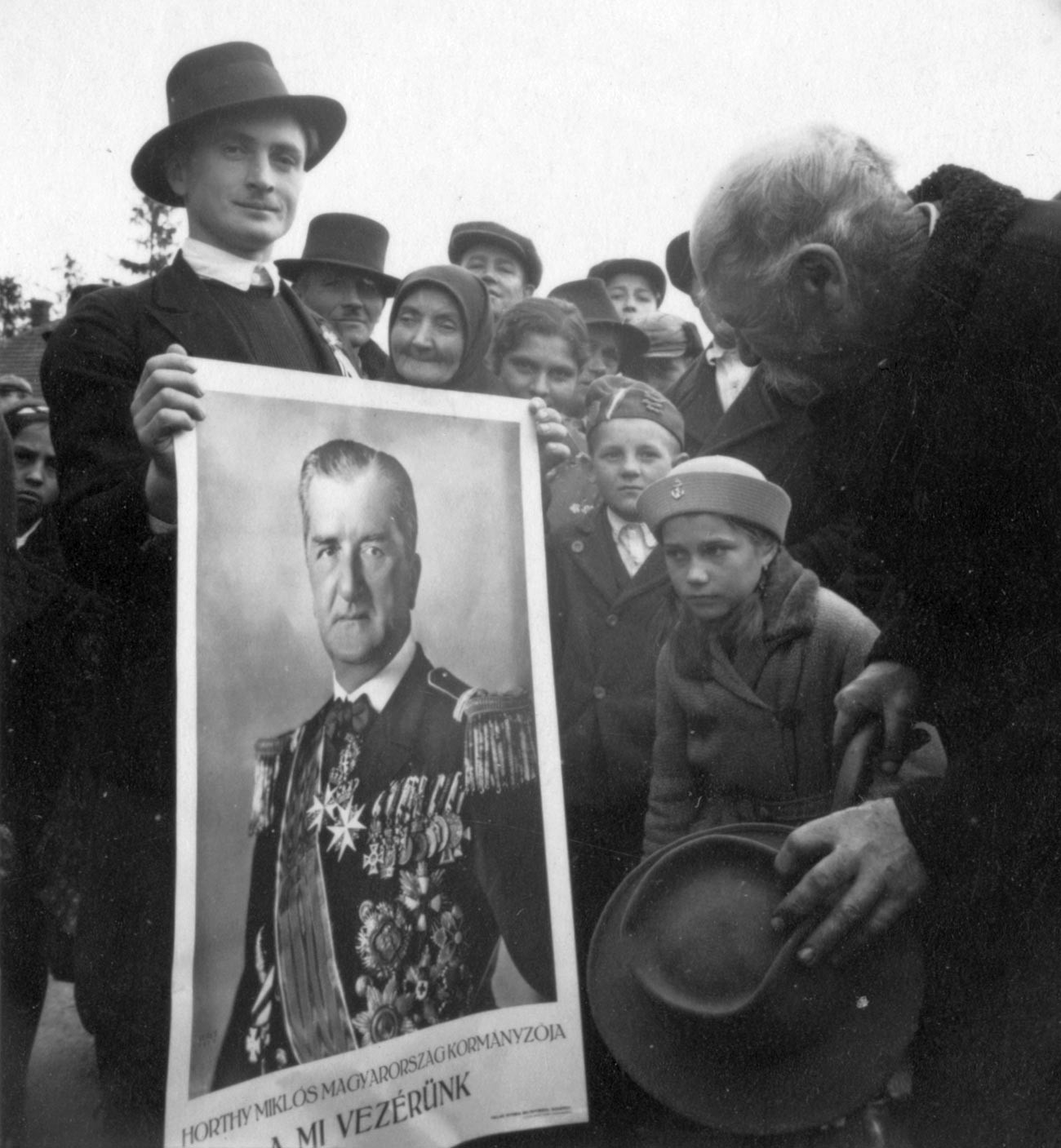
A poster of Regent Miklós Horthy.
Saly Noémi/FORTEPAN (CC BY-SA 3.0)The Hungarians had no substantive reasons for joining the war. Budapest couldn’t expect to be involved in the carving-up of the lands of the defeated giant — Berlin had no such plans.

Miklós Horthy and Adolf Hitler in 1938.
Ladislav LuppaThe main motive that spurred the Hungarians to join the German campaign in the east was not a desire to acquire something new, but rather not to lose what they already had, namely Northern Transylvania. This extensive region with a mixed population of ethnic Romanians and Hungarians had been part of the Austro-Hungarian Empire until the end of World War I. Assigned to Romania in 1918, it was handed over to Hungary by the Germans under the Second Vienna Award of August 30, 1940. When Romanian armies invaded the USSR together with the Wehrmacht, the ruling circles in Budapest were seriously worried that, unless Hungary joined in, Hitler could reconsider the fate of Northern Transylvania in favor of the Romanians, who had given him their backing.
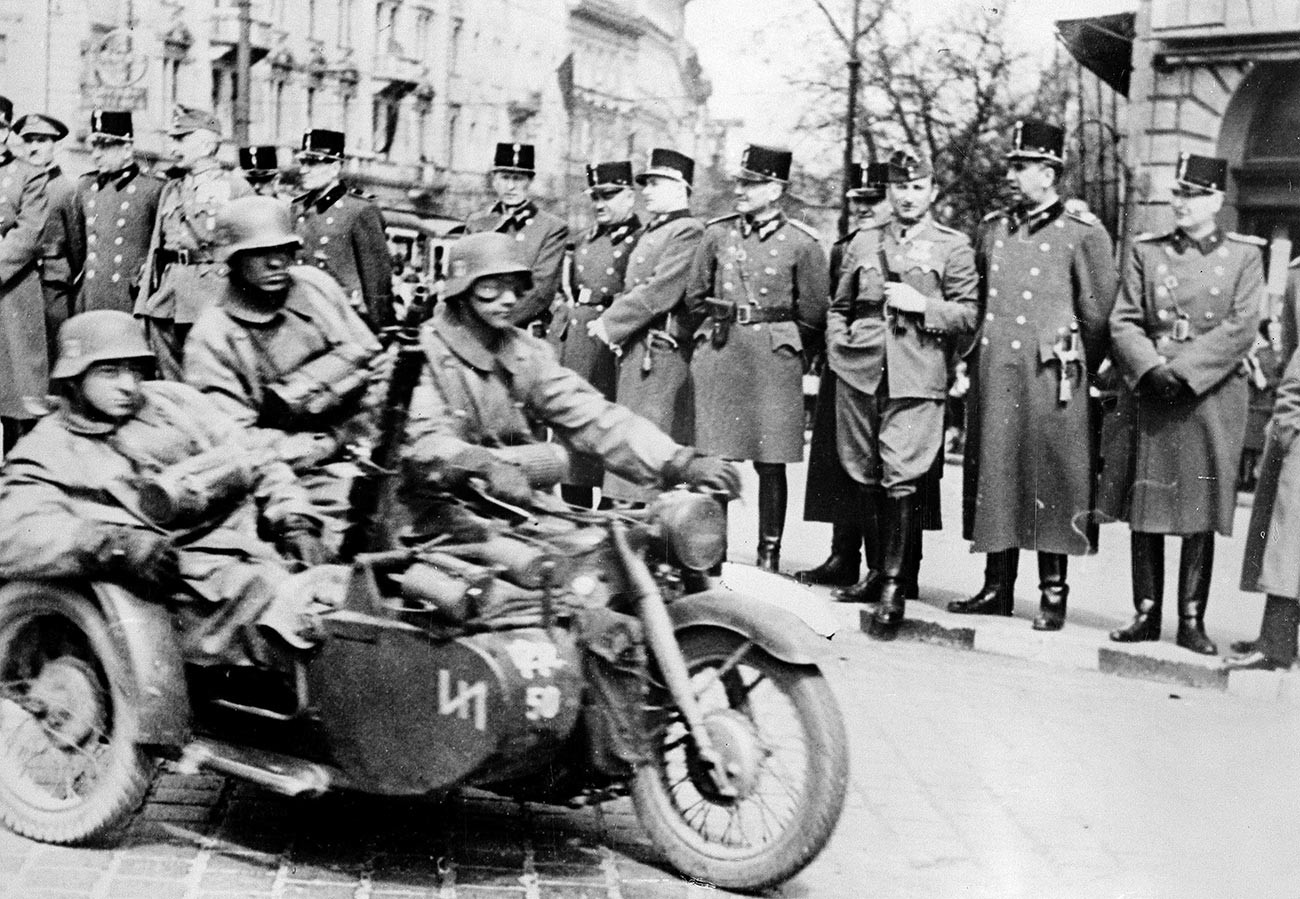
Hungarian officers forming a guard of honour for the German army crossing Budapest to invade Yugoslavia, April 1941.
Getty ImagesThe formal pretext for the outbreak of hostilities was the bombing on June 26, 1941, of the Slovak city of Košice, then part of Hungary. Despite the fact that it was not possible to identify the aircraft, the Hungarian government announced that the airstrike had been carried out by the Soviet air force. Today, there are suggestions that the attack may have been delivered by the Germans, who wanted to drag Hungary into the war on their side, or even the Romanians, who also hoped to drag it into the war, but for a different reason: It would be easier to take Transylvania back from a weakened Hungary.
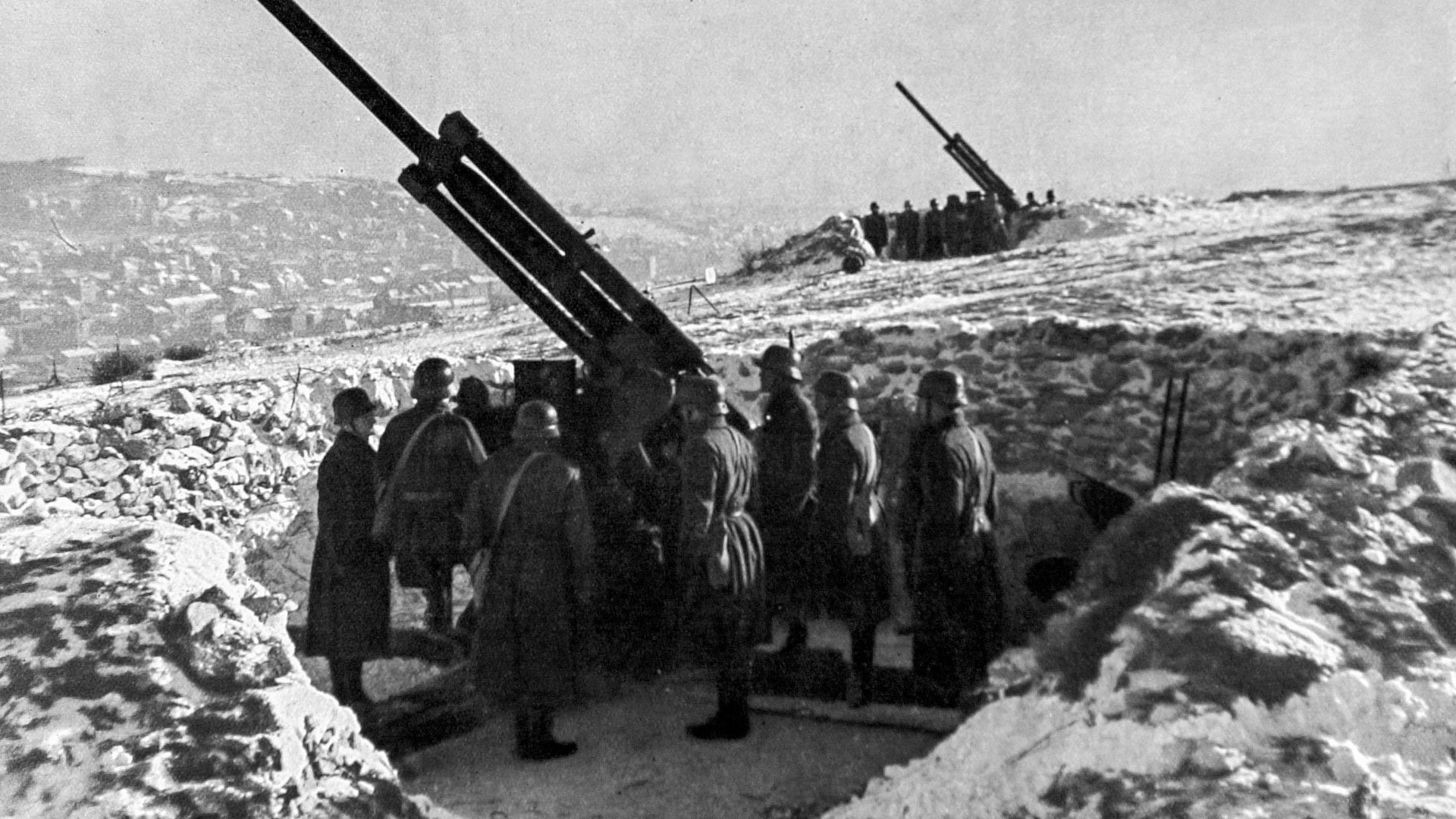
The Hungarian army guarding the Danube, March 1941.
Getty ImagesThe first Hungarian forces to be sent to the frontline, the so-called ‘Carpathian Group’, consisted of a mechanized corps, a mountain brigade and a border guard brigade. They participated in the fighting against the Red Army in Ukraine. At the Battle of Uman in July-August 1941, the Hungarians helped the Germans to annihilate 20 Soviet divisions. In October, their mechanized corps made a 950-kilometer dash to Donetsk, but lost up to 80 percent of its hardware. In the summer of 1942, the 200,000-strong Hungarian 2nd Army, the best trained and equipped, was sent to the Kursk and Voronezh regions. Unable to press home its offensive and exhausted by fighting, in December of the same year, it went on the defensive. “I fought against the Germans, Hungarians and Romanians. Comparing them as opponents, the Germans were, of course, the strongest. And in second place, I would put the Hungarians in terms of their ferocity and perseverance,” recalled Alexander Rogachev, a 45mm anti-tank gun platoon commander.
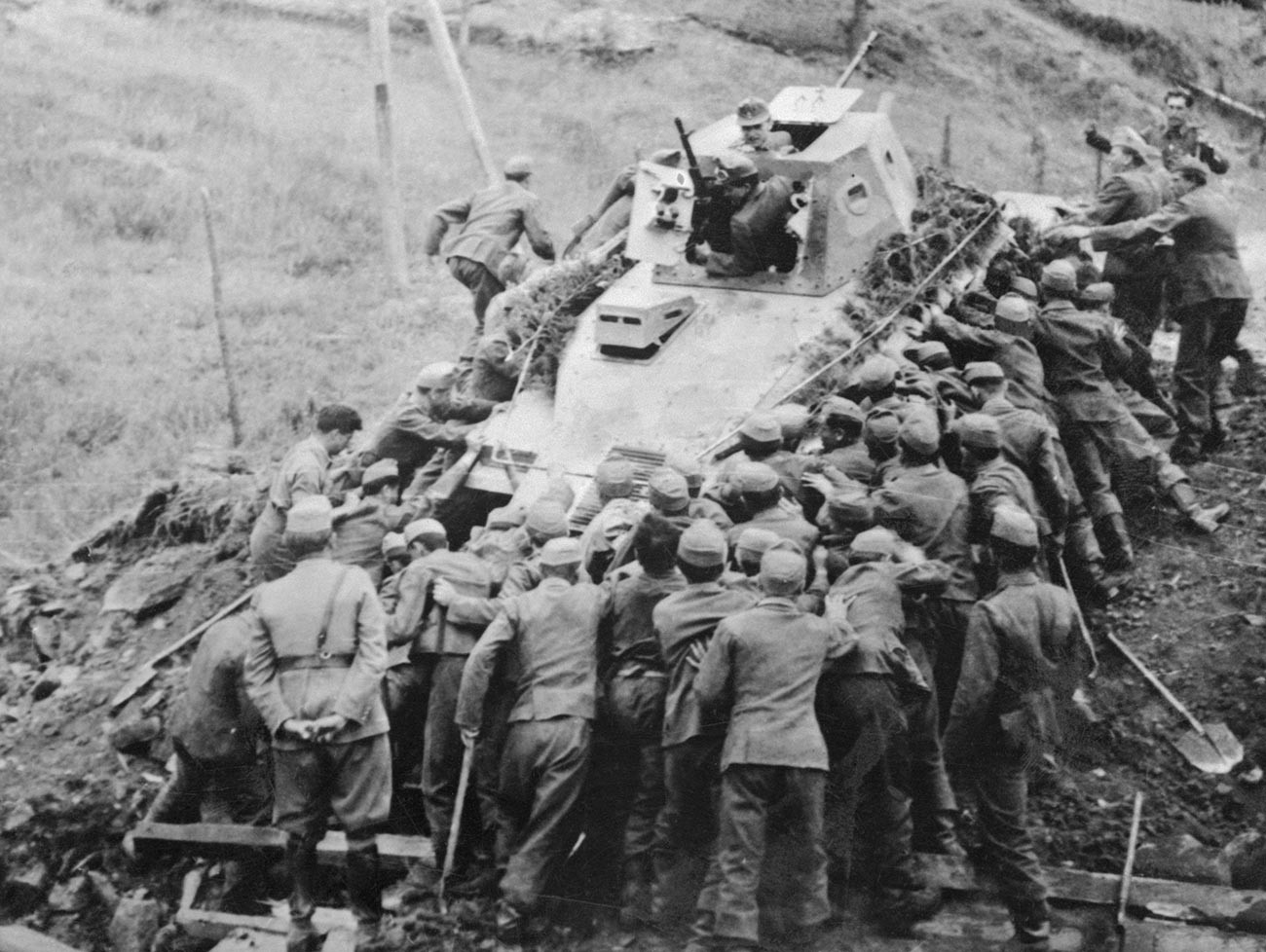
Over 50 Hungarian soldiers are putting their shoulders to the tractor wheels in an effort to recover this disabled Soviet tank.
Getty ImagesHaving not too high an opinion of the fighting qualities of the Hungarians, the Germans frequently used them in the capacity of occupying or punitive forces, functions which they undertook with great eagerness. In the course of their “anti-partisan” operations in just the period from November 1941 to August 1942, they killed up to 30,000 people, a large proportion of them unarmed civilians. Not infrequently they behaved in a more brutal way than soldiers of the SS. “A bonfire was brightly ablaze there. Two Magyars were holding a prisoner by the shoulders and legs and slowly roasting his stomach and legs on the fire,” recalled Mariya Kaydannikova, a resident of the town of Ostrogozhsk in Voronezh Region. “They would alternately lift him above the fire or lower him towards it, and when he fell silent the Magyars threw his body face down on the fire. Suddenly the prisoner started stirring again. Then one of the Magyars brought a bayonet down with full force into his back.”
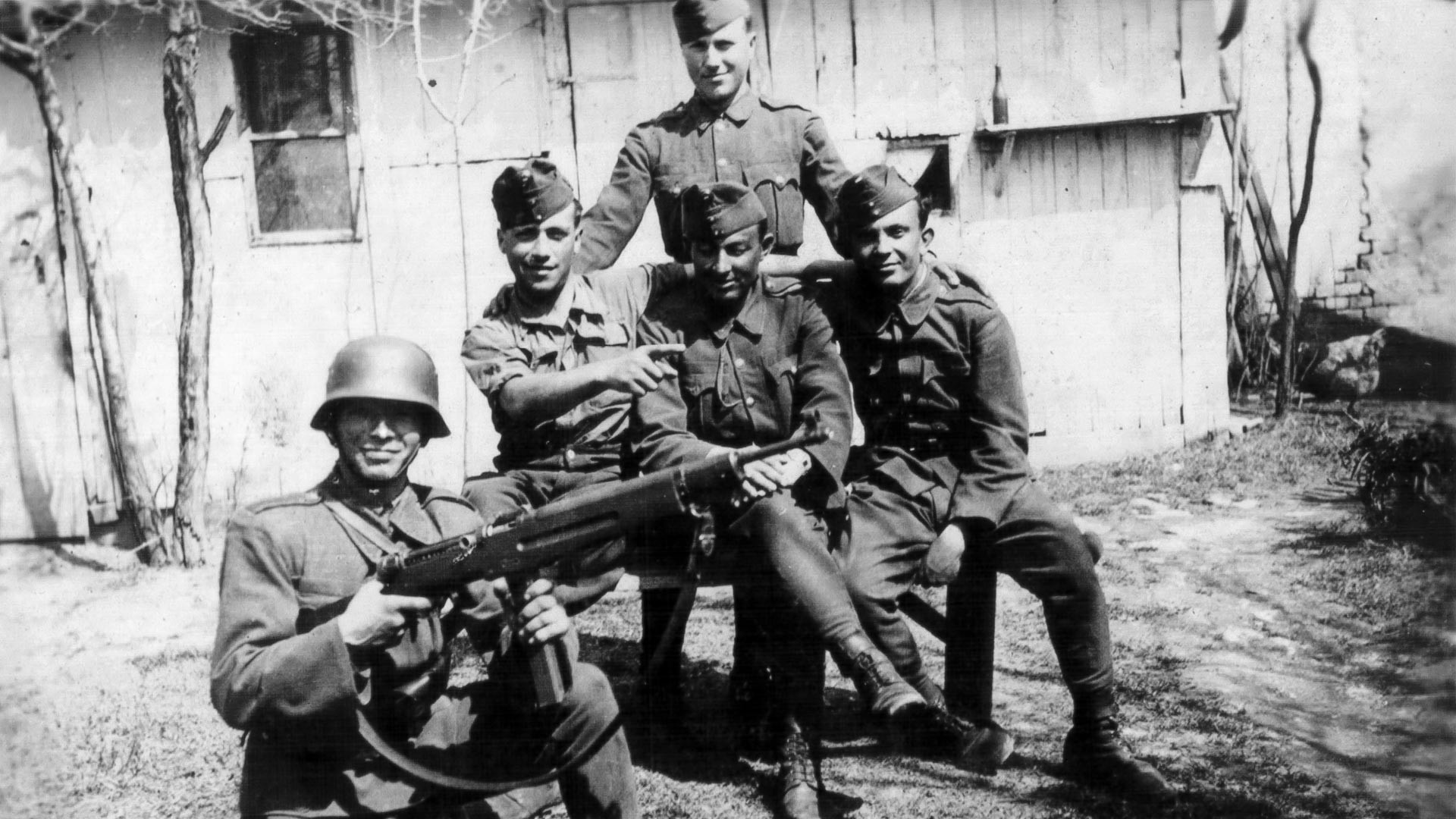
Hungarian soldiers in the Carpathians, 1944.
Slobodsky (CC BY 3.0)/Getty ImagesIn January 1943, as part of the Ostrogozhsk-Rossosh offensive, Soviet troops carried out a forced crossing of the Don south of Voronezh and struck at the Hungarian 2nd and Italian 8th armies. Thirty thousand Hungarian soldiers died and 50,000 were taken prisoner as a result, and a large proportion of their tanks, vehicles and artillery was lost. The ‘Voronezh Disaster”, as these battles are known as in Hungary, was the most terrible defeat in the entire history of the Hungarian army.
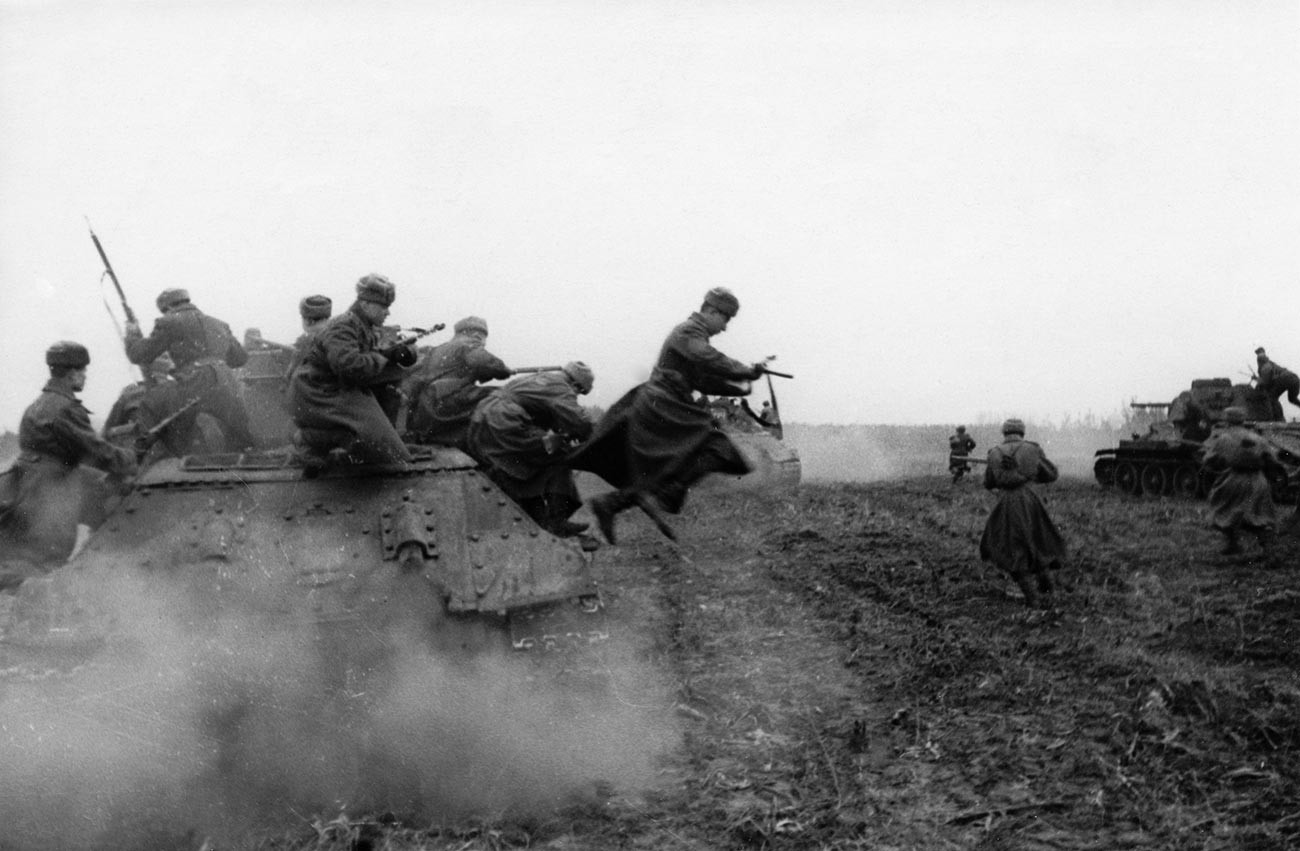
Soviet infantry attacking on the approaches to Budapest, December 1944.
Getty ImagesLearning in March 1944 that Hungarian leader Regent Miklós Horthy was conducting secret talks with the Western allies about how Hungary could withdraw from the war, Adolf Hitler launched Operation Margarethe: In the course of several days, the entire country was bloodlessly occupied by German troops. Horthy was left in power, but he was forced to abandon the talks. Nevertheless, on October 15, when fighting was already under way on Hungarian territory, the regent declared a ceasefire with the Soviet Union. In response, the Germans deposed Horthy and Ferenc Szálasi, leader of the Nazi-style pro-German Arrow Cross Party, was installed in his place. Hungary fell under the total control of the Third Reich, completely losing any semblance of political independence.
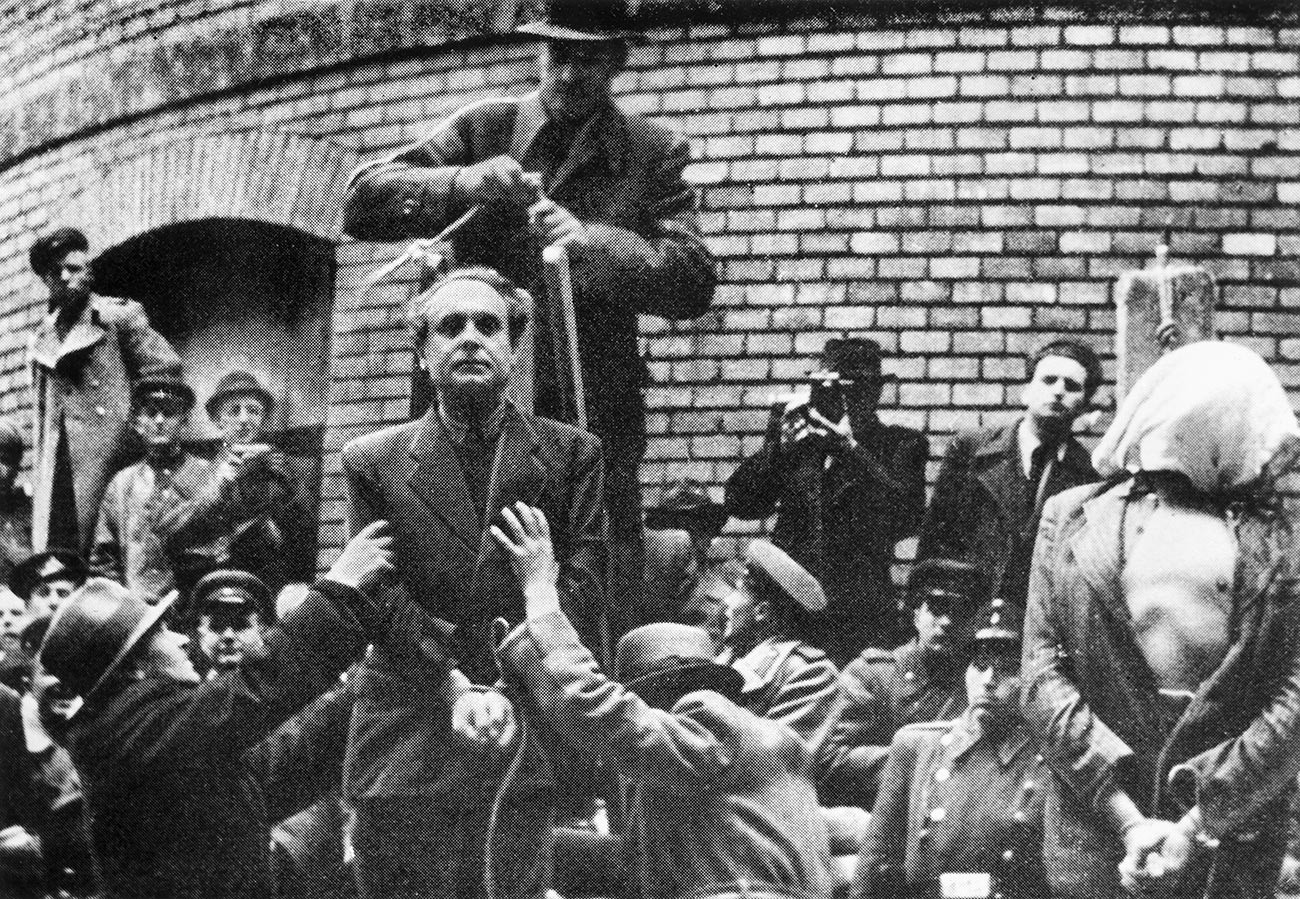
Hungarian Nazi leader Ferenc Szalasi (C) before execution.
Getty ImagesOn December 21, 1944, the Hungarian Provisional National Assembly, which had been established with the help of the USSR, issued an appeal to the nation to join in “the sacred struggle against the German oppressors for the liberation of our homeland!” But only a small part of the Hungarian army went over to the side of the Red Army and most forces continued to fight alongside the Wehrmacht right to the end of the war. Even after the fall of Budapest on February 13, 1945, the Hungarian 3rd Army participated in the last major offensive operation by German troops of World War II near Lake Balaton, codenamed ‘Spring Awakening’. After the collapse of the operation, the army was conclusively scattered and eliminated.

Hungarian army in Budapest, October 1944.
BundesarchivWorld War II cost the lives of over 300,000 Hungarian soldiers and 630,000 civilians (550,000 of whom were Jewish victims of the Holocaust). After the defeat of the Axis countries, Hungary was brought into the Soviet sphere of influence for almost half a century. Forced to give back to its neighbors the territories seized with the help of the Germans (including Northern Transylvania), the country went back to its pre-war borders, within which it continues to exist to this day.
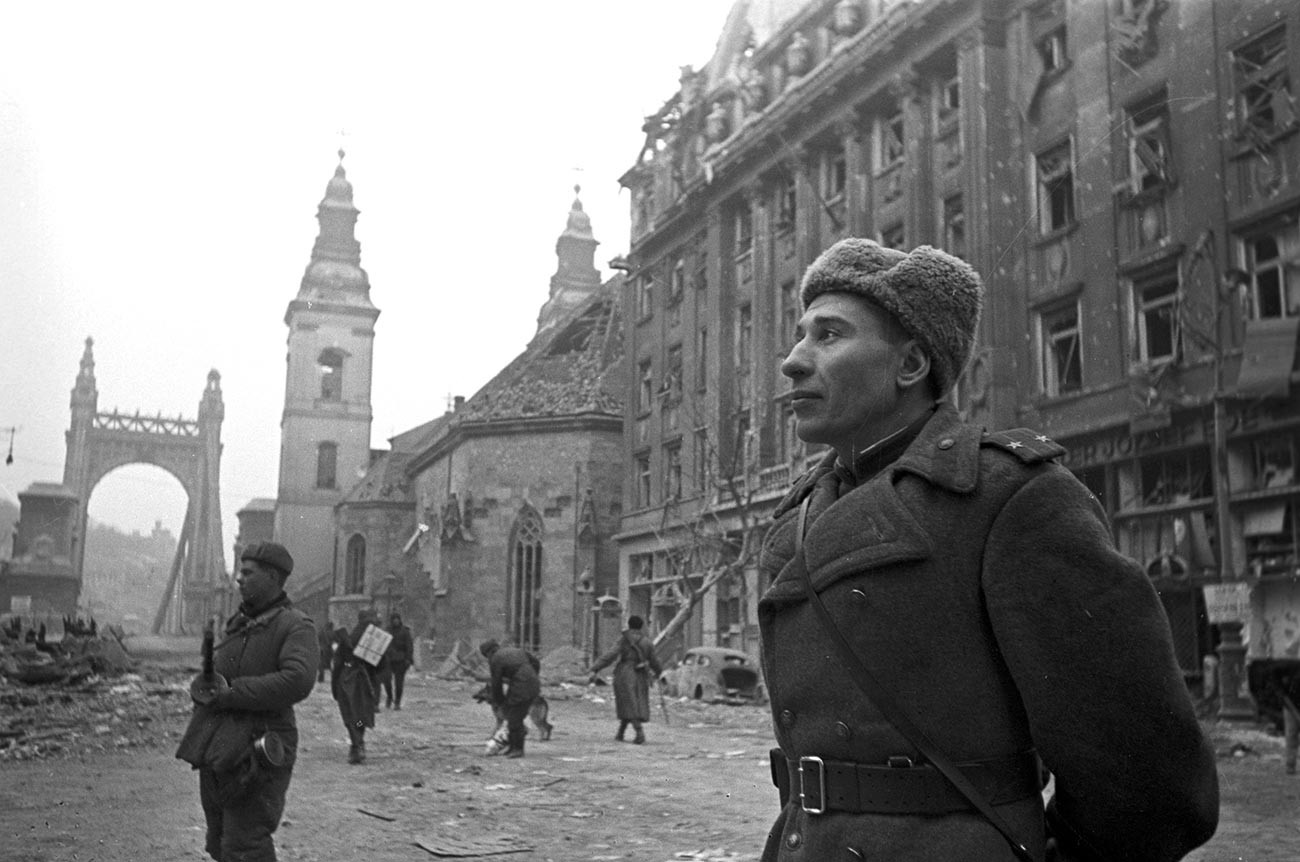
Soviet troops in Budapest.
FORTEPAN (CC BY-SA 3.0)If using any of Russia Beyond's content, partly or in full, always provide an active hyperlink to the original material.
Subscribe
to our newsletter!
Get the week's best stories straight to your inbox